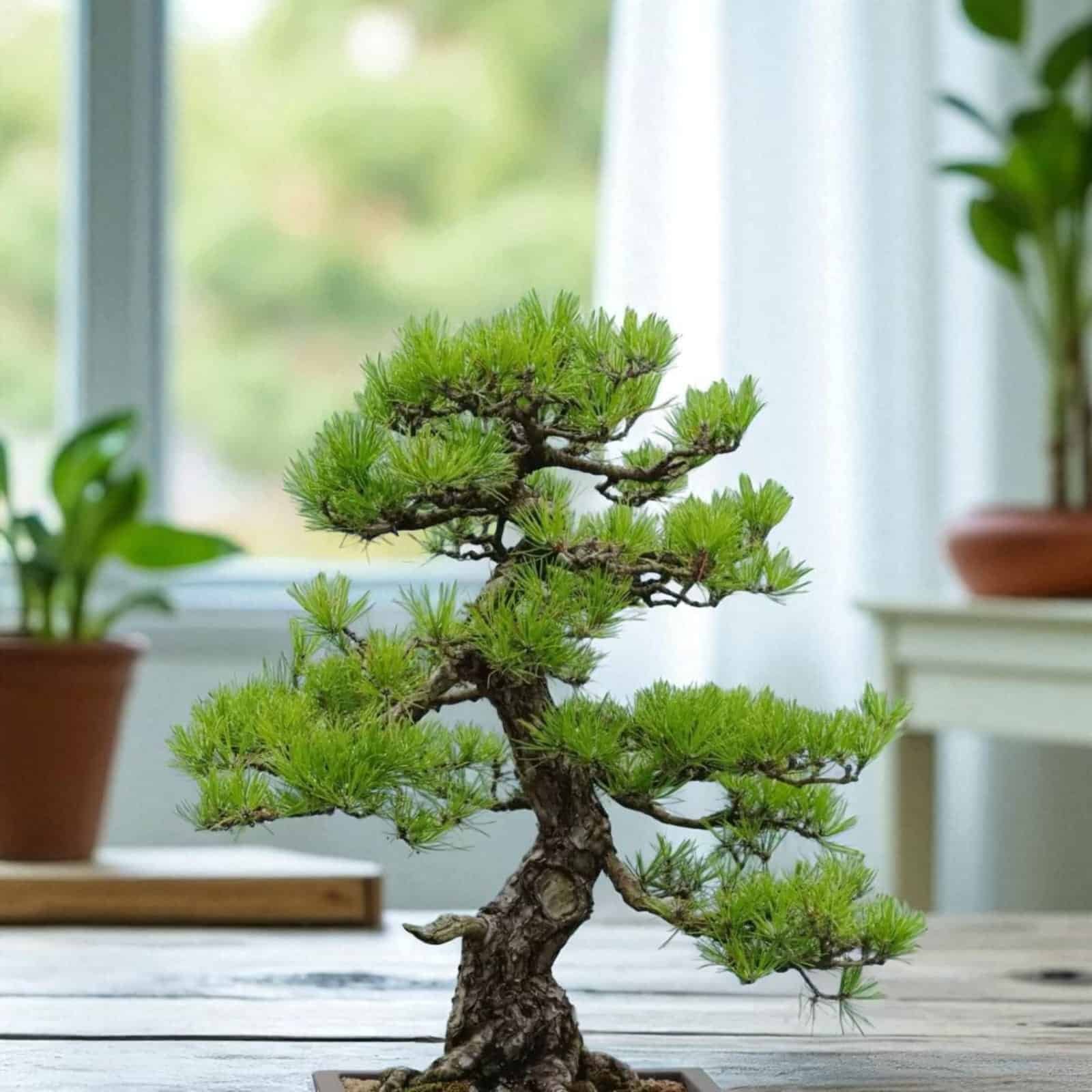Growing and Caring Japanese Black Pine

How to care Japanese Black Pine
Japanese Black Pine ( Pinus thunbergii) trees, sometimes referred to as Japanese Black Pines, are a species of pine native to coastal areas of Japan, Korea, and eastern China. They are widely used in bonsai culture and are known for their slow growth rate and attractive foliage.
To care for a Japanese Black Pine, it is important to provide the tree with proper light, water, and fertilizer.
Light: Japanese Black Pines prefer full sun, but can tolerate partial shade.
Temperatures: The Japanese Black Pine is a hardy evergreen species that can tolerate a range of temperatures. It prefers temperatures between 15 and 30 degrees Celsius but it can tolerate temperatures between -15 and 5°C in the fall and winter, so it is better suited to cooler climates. Temperatures below -10°C can damage the tree. It can also tolerate temperatures up to 40 degrees Celsius , but should be provided with plenty of water during these times. Japanese Black Pine requires a temperature of 15 to 30 degrees Celsius for optimal growth. In general, the Japanese Black Pine prefers slightly cooler temperatures than most other pines, so it should be planted in a location that is shaded or partially shaded to protect it from the hot sun.
Water: These trees need regular watering, especially during the summer months. It is important to keep the soil evenly moist, but not waterlogged.
Fertilizer: Japanese Black Pines benefit from regular fertilization during the growing season, typically one to three times per month. A balanced fertilizer with equal parts nitrogen, phosphorus, and potassium is best.
Pruning: Pruning should be done regularly to help keep the tree’s shape and size in check. It is important to remove dead, diseased, or damaged branches.
Repotting: Japanese Black Pines should be repotted every two to three years to ensure optimum health. Repotting should be done in early spring before new buds begin to form.
These are the basics of caring for a Japanese Black Pine. With proper care and maintenance, these trees can grow to be stunning specimens in the landscape or in a bonsai pot.








































































































































































